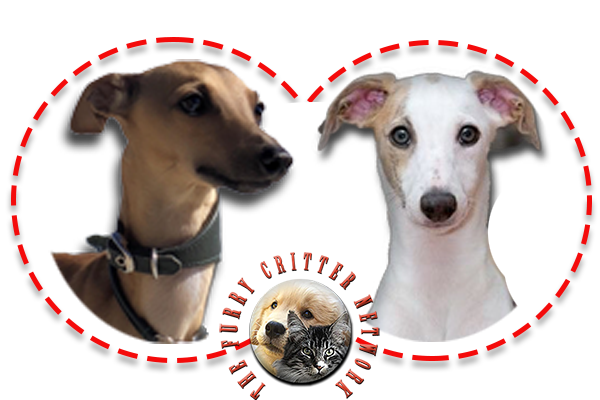Behavior
Whippets are quiet and reserved but also exhibit a playful side, and require regular exercise. They are generally gentle dogs and are often content to spend much of the day resting. The AKC describes them as "quiet and dignified in their owner's living room" and says they make "excellent house dogs." Whippets have been called a "poor man's racehorse" by the colliers in Lancashire and Yorkshire.
The whippet will form a strong bond and devotion to their owner and as such can often suffer from separation anxiety like many other breeds when left alone. They do not bark often but will occasionally in the presence of intruders, making the whippet a passable watch dog similar to other small-medium dogs. However a whippet would likely never attack or guard against anyone due to their gentle and often shy demeanour.
He can adapt to the city but needs lots of exercise for his well-being. He does not like being left alone and cannot tolerate the cold. He is very clean and needs brushing once or twice a week.
Health
Whippets course, work, and race; they have been bred for these jobs for years. This has kept them a structurally sound breed which is predominantly free from the physical exaggerations that can lead to certain health problems. Whippets are, like other sighthounds, intolerant of barbiturate anesthetics. This is in part due to their low concentration of body fat and their liver's inability to metabolise the anesthetics.
Given proper nutrition, exercise, and veterinary care, most Whippets live for 12 to 15 years. They are generally healthy, and are not prone to the frequent ear infections, skin allergies, or digestive problems that can afflict other breeds. Genetic eye defects, though quite rare, have been noted in the breed. Because of this, the American Whippet Club recommends that breeders test for this defect in their breeding stock. Hip dysplasia is rare in Whippets, with only 1.2% of 161 evaluations performed by the Orthopedic Foundation for Animals being determined as dysplasic.
The heart of a Whippet is large and slow beating, often being arrhythmic or even intermittent when the animal is at rest. This sometimes causes concern to the owner, or to the vet not experienced with the breed. Whippets will, however, demonstrate a regular heartbeat during exercise. In a health survey conducted by The Kennel Club, cardiac problems were shown to be the second leading cause of mortality in Whippets.
A 2007 study identified a myostatin mutation particular to Whippets that is significantly associated with their athletic performance. Whippets with a single copy of this mutation are generally unaffected; those with two copies have disproportionately large musculature and are known as "bully whippets". These bully whippets experience no significant health problems beyond those experienced by a normal whippet, but may be more prone to muscle cramping. The mutation has not been seen in Greyhounds or other sighthound breeds, or in heavily muscled dogs such as Bullmastiffs, Bulldogs, Rottweilers or American Staffordshire Terriers.






